
Facet Joint Injections (FJI)
Facet Joint Injections are a minimally invasive method of treating facet joint pain using an injection to relieve pain in the back.
What are the Facet Joints?
Facet joints, are found on either side of the vertebrae, overlapping the neighbouring vertebrae. Facet joints provide stability and give the spine the ability to bend and twist. They consist of two surfaces of the adjacent vertebrae, separated by a thin layer of cartilage. Surrounding the joint is a sac-like capsule filled with synovial fluid (the lubricating liquid that reduces the friction between the two bone surfaces when the spine moves; also nourish the cartilage).
What is a facet joint injection or medial branch block?
How are Facet Joint Injections administered?
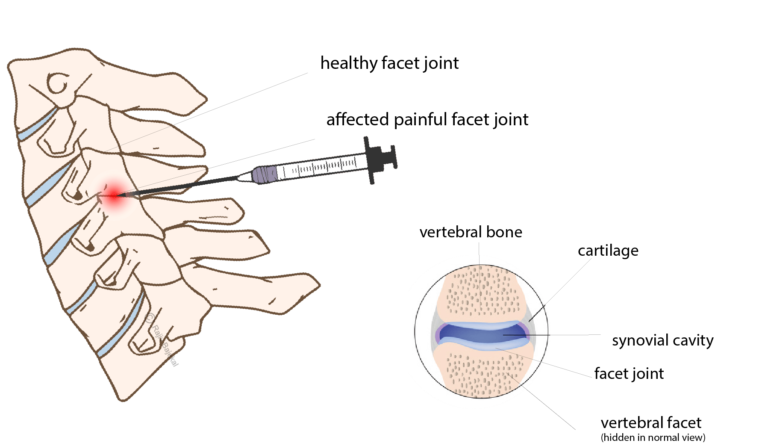


Fluoroscopy (x-rays) is used to ensure that the needle is inside the facet joint and a small dose of local anaesthetic and anti- inflammatory steroid is injected into the facet joint and the medial branch of the nerve is also blocked.
When is a facet joint injection or medial branch block useful?
Sometimes, inflammation, swelling, irritation or arthritis in the facet joint may be responsible for low back pain. At other times, the cartilage in the facet joints wears thin, resulting in pain. Wear and tear due to ageing, obesity, weight-bearing jobs, previous injury, or trauma to the spine are risk factors for facet joint damage.
There are two primary reasons for facet joint injections:
(a) For Diagnosis (to determine the source of pain)
Most back pain tends to resolve itself in a few weeks with conservative treatments such as rest, physiotherapy, anti-inflammatory medications, and exercise. I may order diagnostic tests such as magnetic resonance imaging (MRI) to examine one’s spinal structure if there is no improvement in back pain after six weeks and conventional therapies have not helped, or if the pain has increased. If these diagnostic tests indicate an abnormality in a facet joint, it might be the pain source. I may then suggest an injection, sometimes called a block, to determine if the pain source is indeed facet-related. If injecting a small amount of anaesthesia into the facet joint reduces or removes the pain, I can confirm that the facet joint is the main source of the pain.
(b) For Therapy (to treat a detected abnormality)
Once the affected pain source is confirmed as a facet joint issue, administering therapeutic injections of anaesthesia and anti-inflammatory medications may provide pain relief for extended periods.
A facet joint block or medial branch block may be offered to you if you have had severe low back pain which has not responded to lifestyle changes and non-interventional methods such as physiotherapy, osteopathy or a period of simple anti-inflammatory medication and pain killers.
How should I prepare for the procedure?
The procedure requires about 3-4 hours of hospital stay and is a day case procedure. You must stop all solid food intake for 6 hours before the injection to avoid problems during sedation. Still water is permitted up to 2 hours before. Milky tea, coffee and chewing gum are not permitted for 6 hours before the injection.
You must inform my anaesthetist, the nurse looking after you, preassessment team and me of all the medications you are taking, any allergies that you may have including drug reactions as these can seriously impact your surgery and recovery. Drugs such as aspirin, clopidogrel, and other blood thinners may need to be reviewed or stopped under guidance before surgery. If you are diabetic, especially on insulin, this needs to be highlighted early.
What should I expect at the hospital?
Safety checks ensure that administering the injection to the correct spot and side. Patients undergo a preliminary examination to ensure blood pressure, pulse etc., are within a normal range. We take written consent from the patient and answer any further questions regarding the procedure. You would need to remove your jewellery and makeup and change into hospital issue clothes before the injection. you would also meet the anaesthetist, who will keep you comfortable for the procedure with sedation.
What does the procedure involve?
You will walk down to the operating room or x-ray room with a nurse form the ward. You are given sedation while administering facet joint injections as these can be uncomfortable. You will be asked to lie face down on an x-ray table in a sunbathing position. The procedure usually involves using a fluoroscopic X-ray that allows me to ensure that the needle is in the correct facet joint. Upon determining the correct site, I will inject a numbing anaesthetic and an anti-inflammatory into the joint capsule.
What are the risks involved with having facet joint injections?
There are very few risks associated with this technique that your I will discuss during the consultation:
(a) Possible side effects from facet injections include pain at the injection site, bleeding, infection or a worsening of the pain symptoms. This pain is usually temporary.
(b) If the facet block procedure effectively alleviates your low back pain, you can take the injection up to three times per year or consider a radiofrequency denervation of the facets (a procedure used to deliberately damage the pain nerve fibres coming from the facet joints).
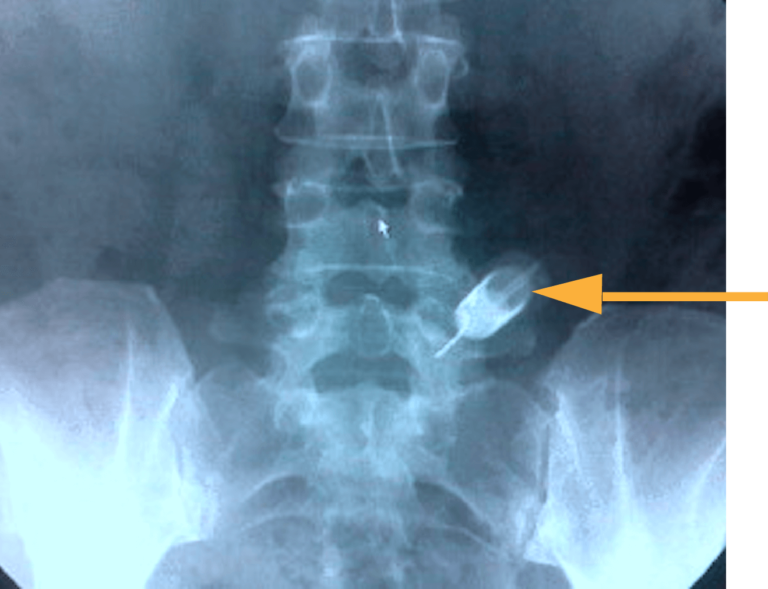


X-ray showing FJI or Medial Branch Block being performed
Facet joint Injections can help alleviate pain caused by inflamation of the facet joints and the nerves around them.
What happens after a Facet Joint Injection?
- After the procedure, you will generally experience a reduction or complete relief in back pain. ‘
- You can walk soon after the procedure and go home when the effects of the sedative have worn off and you have emptied your bladder.
- Once home, pain at the injection site can be relieved with ice or pain medication off the shelf. You should take it easy and not exert yourself for the first day.
- You must not drive for 24 hours due to the sedative. After the local anaesthetic wears off, back pain may return. It can take anywhere from seven to ten days for the injected steroid to relieve the pain.
- You can gradually return to their daily activities as the pain reduces. In most cases, one can return to work the day following the injection.
When can I drive?
We do not recommend driving for 24 hours after the procedure as reaction times may be affected by the sedatives. Ideally, someone should take you home and stay with you for the day.
When will I need a follow up visit?
I like to see patients 6 to 8 weeks after the procedure to discuss the next steps.
What should I expect at home?
- Pain at the injection site can be relieved with ice or pain medication off the shelf.
- You should take it easy for 24 hours after the injection and avoid strenuous physical activity.
- After the anaesthetic wears off, back pain may return. It can take anywhere from seven to ten days for the injected steroid to relieve the pain.
- You can gradually return to your daily activities as the pain reduces. In most cases, one can return to work the day following the injection.
How effective are facet joint injections?
Whereas FJIs are effective in alleviating some causes of lower back pain, their usage is controversial. No medical study has definitively identified the facet joints as the cause of low back pain. Research has found that facet joint injections can relieve lower back pain for longer than six months in 18-63% of patients who underwent the procedure. Facet joint injections can sometimes break the cycle of pain and allow patients to strengthen their back with pilates, physiotherapy or other methods of rehabilitation. If the first therapeutic facet injections don’t provide pain relief, further injection treatments may not be useful.
Who should not receive facet joint injections?
You should not undergo facet injections to treat low back pain
- If your pain has not been present for at least four to six weeks
- If you have not tried any forms of conservative treatment.
- If you are prone to excessive bleeding or are taking anticoagulant medication (such as warfarin, oral anticoagulants or aspirin). You should notify me if you are taking these medications.
A full discussion of the benefits and risks of the procedure will be had with you at the Consultation.
Specially Customised for you
Your version of the app will be customised specifically for you, by your surgeon.
This app will provide you with video messages from your consultant, highlighting key points during your patient journey.
To aid in your recovery process, it will provide you with:
- Interactive exercise plans
- Demonstration videos
- Progress graphs
- Useful articles chosen by your clinical team and more.
This app is in conjunction with Total Orthopaedics. To download the app, please scan in the QR code below:
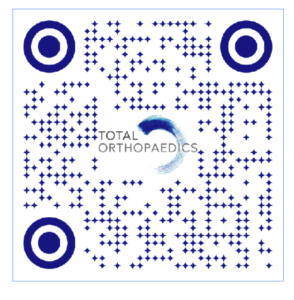


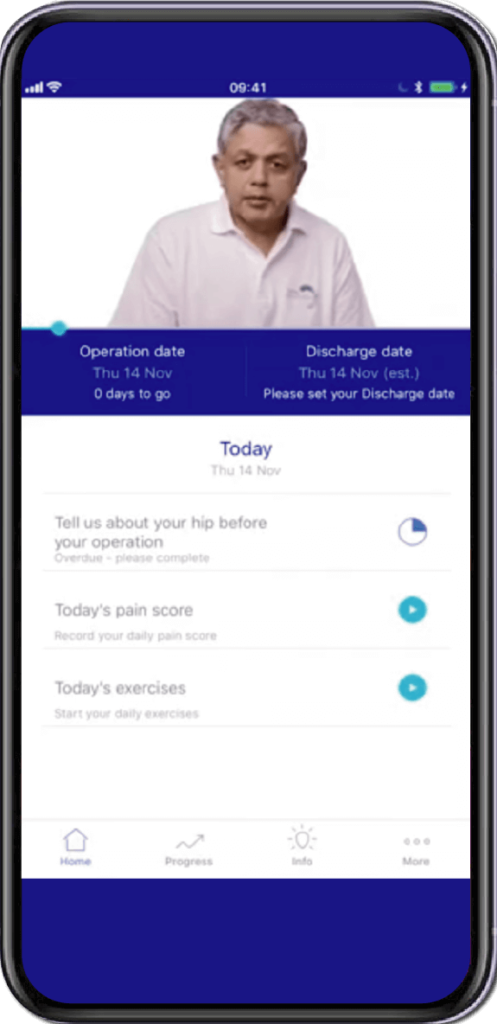


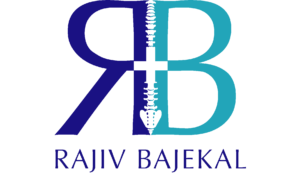


Rajiv Bajekal is a Consultant Orthopaedic Surgeon with special interest in Spinal and Back-related issues. He has developed a pragmatic approach to managing back pain and sciatica with non-surgical techniques, injections and minimally invasive techniques. Mr Bajekal is also a Board-Certified Lifestyle Medicine Practitioner and believes in providing lifestyle medicine advice to his patients for better long term health gains and better spinal health. He has been consulting since 1998. He consults both privately and on the National Health Service (NHS) and is passionate about making sure patients are in control of their healthcare.
Mr Bajekal is a member of the following institutions:
- British Medical Association (BMA)
- British Association of Spine Surgeons
- British Society of Lifestyle Medicine (BSLM)
- Plant-Based Health Professionals
- Patient Information
- Hospital Practices
- Spire Bushey Hospital
- BMI The Cavell
- BMI The King’s Oak
- Contact
- Blog
- Resources
- Glossary
Additional Links
Mr Bajekal works in conjunction with Total Orthopaedics UK. For more details please click here.
For more detailed information on plant-based nutirition please visit: www.rohinibajekal.com
For more detailed information on women’s health please visit: www.nitubajekal.com
